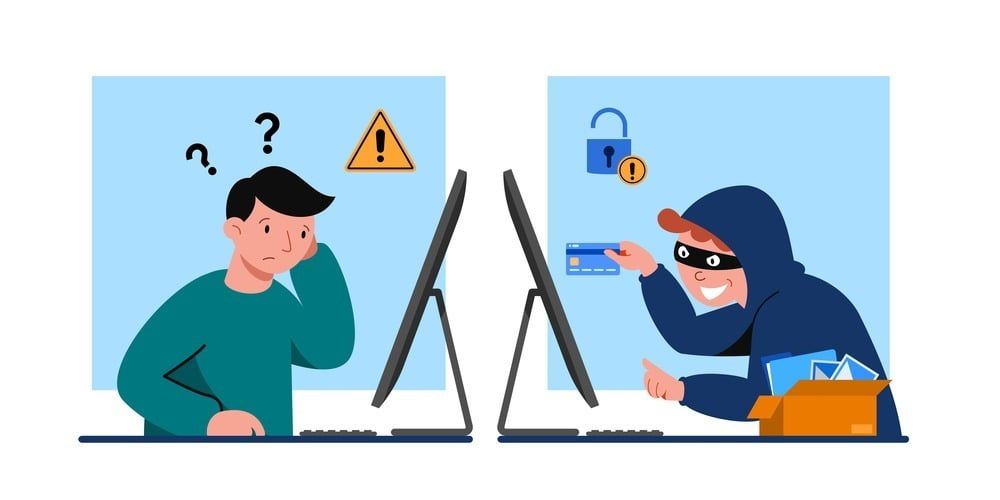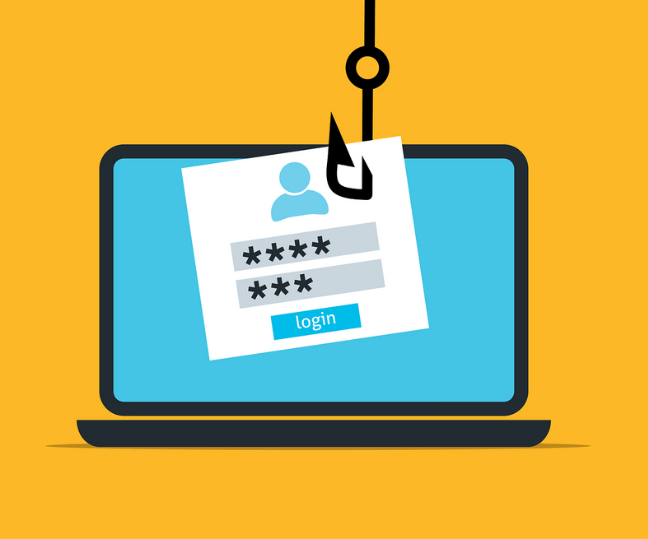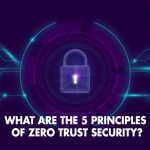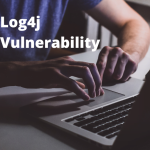Zero Trust combines identity verification and policy-based permission for every identity attempting to use the network or IT resources. The person or entity may be inside the enterprise’s network or access the network remotely. Zero Trust is a framework using different technologies and best practices to know who is trying to access or use the data and if they have permission to do so.
Businesses that are on the way to being digitally transformed need to be future-ready. With the growth of advanced technology, cybersecurity is also on the rise. The advantage of the Zero Trust security model is that you don’t have to start from scratch by removing the existing controls. In the zero trust model, continuous monitoring examines the interaction between users and data, including other systems. It enables risk-adaptive security control to customize enforcement based on the users’ actions.
The curious case of proactive cybersecurity
Proactively mitigating threats to IT security can be done by implementing zero trust architecture. Unfortunately, there exist quite a few biases that work against cybersecurity strategies. The best approach is to address these biases at the outset so that cybersecurity is given its due importance and prioritized. Future-readiness of the business may depend on the right strategies.
Availability bias influences resource allocation and risk misinterpretation because there has been too much information on malware and data breaches. The reality may be that this information is irrelevant to their business and can lead to mistaken priorities.
Representative bias happens from grouping users together and assigning qualities that become generalizations across groups. Understanding individual behavior is the key to resolving this bias.
Minimizing biases while making decisions on cybersecurity requires a study at the individual and organizational levels, specifically within the security teams.
It is critical to understand the potential risks and acknowledge their existence. Our understanding of the cyber landscape, risk perception, and the relationship between the two is essential for making decisions regarding threat analysis, prioritizing their mitigation, and investment.

Moving To Zero Trust Network Security
Adding different technologies to the current security system is part of the process of implementation. These technologies will provide a basis for:
- Next-generation Firewall – A technology to provide network security, decrypt traffic, and assist in micro-segmentation.
- Zero Trust Network Access (ZTNA) – Cloud service gives remote access to internal private applications without any risk from VPN, or other bottlenecks.
- Data Loss Prevention – Solutions that can extend to managing how the data is accessed instead of only access control.
- Continuous Monitoring – Constant vigilance is necessary to monitor what the users are doing with the data and systems. So, data protection must be risk-adaptive, automatically personalizing what can be accessed based on people’s past actions.
Aligning user needs with company culture
Understand Access Needs – Who needs access to which data within the organization, starting with the least privilege necessary for the work and moving up in the chain with increasing access and privileges.
Consider Company Culture – At the granular security level and the macro level, the culture of the company and the organizational structure play a large role. Educating the workforce on how the Zero Trust network model works and providing support can bring greater levels of security to the systems, network, and user entities.
Wrapping up
Cybercrime continues to grow with most of the threats seen from internal attacks. IT’s responsibilities now cover much larger attack surfaces, mostly because of various devices, applications, and remote access. Future readiness in this scenario means that you devise a network security framework that brings contextual awareness to grant access to authorized users. The access is granted based on established patterns of identity, time, and device.























